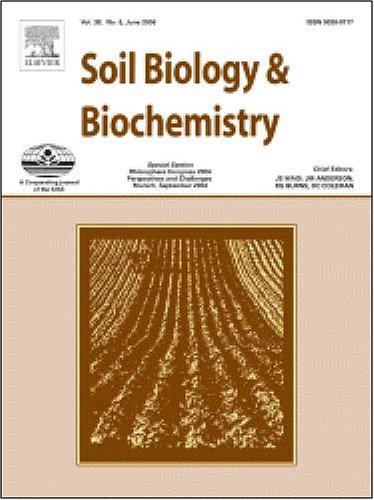All Categories


Differences in the growth and ectomycorrhizal community of Dryobalanops lanceolata (Dipterocarpaceae) seedlings grown in ultramafic and non-ultramafic ... article from: Soil Biology and Biochemistry]
Share Tweet








About Differences In The Growth And Ectomycorrhizal
This digital document is a journal article from Soil Biology and Biochemistry, published by Elsevier in 2006. The article is delivered in HTML format and is available in your Amazon.com Media Library immediately after purchase. You can view it with any web browser.Description: Ultramafic soils have naturally high concentrations of metals and are often low in major plant nutrients. Plant species of non-ultramafic origin, such as Dryobalanops lanceolata (Dipterocarpaceae), generally grow less well on these soils. I found minimal changes in growth, but a 17% reduction in foliar potassium, when seedlings of D. lanceolata were grown in a non-native ultramafic soil when compared with a 'normal' tropical ultisol. There were, however, marked changes in the ectomycorrhizal community structure on the roots of D. lanceolata. Cenococcum geophilum was at least 10 times more common and Inocybe sp. was one and a half times more common in non-ultramafic soils, whereas Boletales sp. was over 30 times more common in the non-ultramafic soil. These changes may have been brought about by a number of edaphic differences between the two soil types, including high metal concentrations and differences in organic matter content.


















